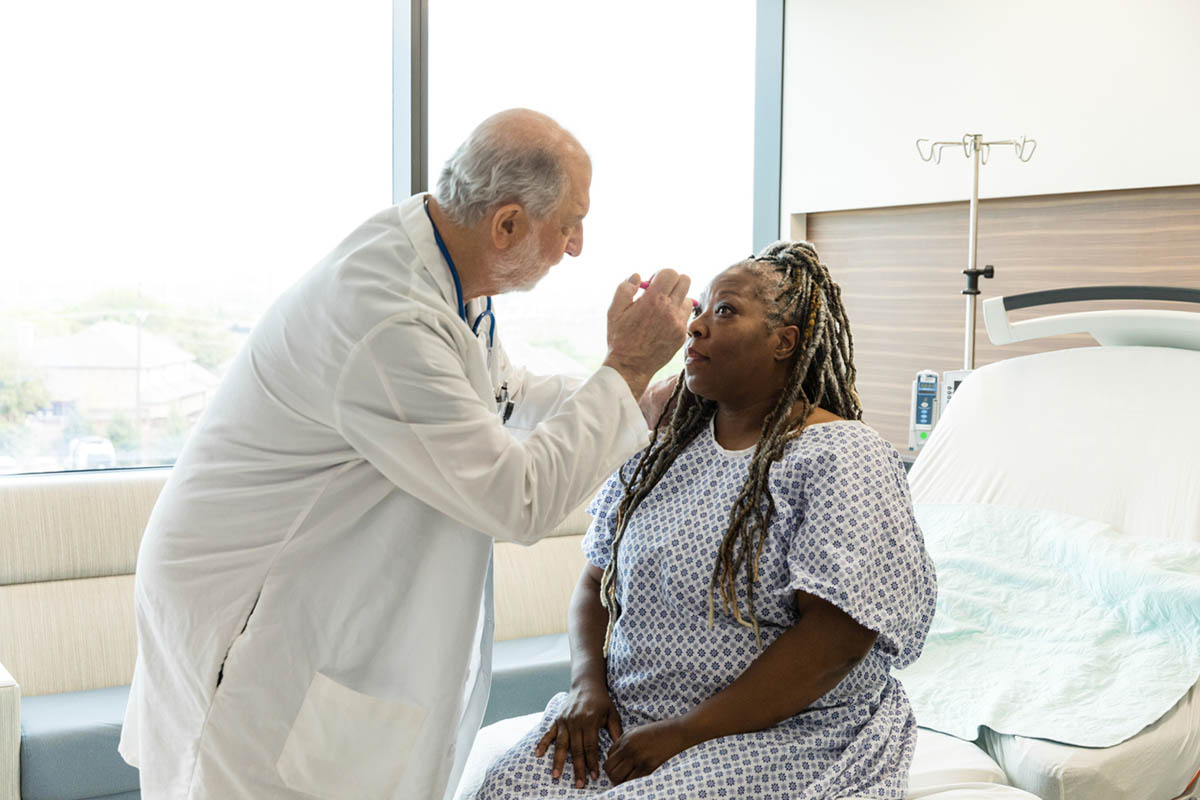Objective: The neuroactive steroid metabolite of progesterone, allopregnanolone, is a positive allosteric modulator of γ-aminobutyric acid-A (GABAA) receptors and a putative treatment for mood disorders. This pilot study was performed to determine whether an oral allopregnanolone analog (ganaxolone) may be effective adjunctive therapy for persistent depression despite adequate antidepressant treatment in postmenopausal women.
Method: Ten postmenopausal women (mean ± SD age: 62.8 ± 6.3 years; range, 53-69 years) with persistent depression despite adequate antidepressant treatment (current DSM-IV-TR major depressive episode per the Structured Clinical Interview for DSM-IV-TR, Montgomery-Asberg Depression Rating Scale [MADRS] score ≥ 16, and treated with an adequately dosed antidepressant for ≥ 6 weeks) were studied from December 2016 to April 2018. Open-label ganaxolone (225 mg twice daily, increased to 450 mg twice daily if tolerated) was administered for 8 weeks, followed by a 2-week taper.
Results: Mean ± SEM total MADRS score (primary endpoint) decreased by 8 weeks (24.4 ± 1.6 to 12.8 ± 2.9, P = .015), and the decrease persisted over the 2-week taper (P = .019); of the 9 subjects who completed the full 8-week treatment period, 44% (4/9) experienced response (MADRS score decrease ≥ 50%) and remission (final MADRS score < 10), which persisted in 100% and 50% of subjects at 10 weeks, respectively. Secondary endpoints showed significant improvement, including Inventory of Depressive Symptomatology-Self-Report score (P = .003), MADRS reduced sleep subscale score (P < .001), total Symptoms of Depression Questionnaire (SDQ) score (P = .012), and scores on SDQ subscales for disruptions in sleep quality (P = .003) and changes in appetite and weight (P = .009) over 8 weeks. No significant effects were observed on quality of life or sexual function. All subjects experienced sleepiness and fatigue; 60% experienced dizziness.
Conclusions: In this open-label, uncontrolled pilot study, adjunctive ganaxolone appears to exert antidepressant effects but produces sedation with twice-daily dosing. Ganaxolone may also improve sleep, which may be useful in patients with depression and insomnia.
Trial Registration: ClinicalTrials.gov identifier: NCT02900092
Members Only Content
This full article is available exclusively to Professional tier members. Subscribe now to unlock the HTML version and gain unlimited access to our entire library plus all PDFs. If you’re already a subscriber, please log in below to continue reading.
Please sign in or purchase this PDF for $40.00.
Already a member? Login





